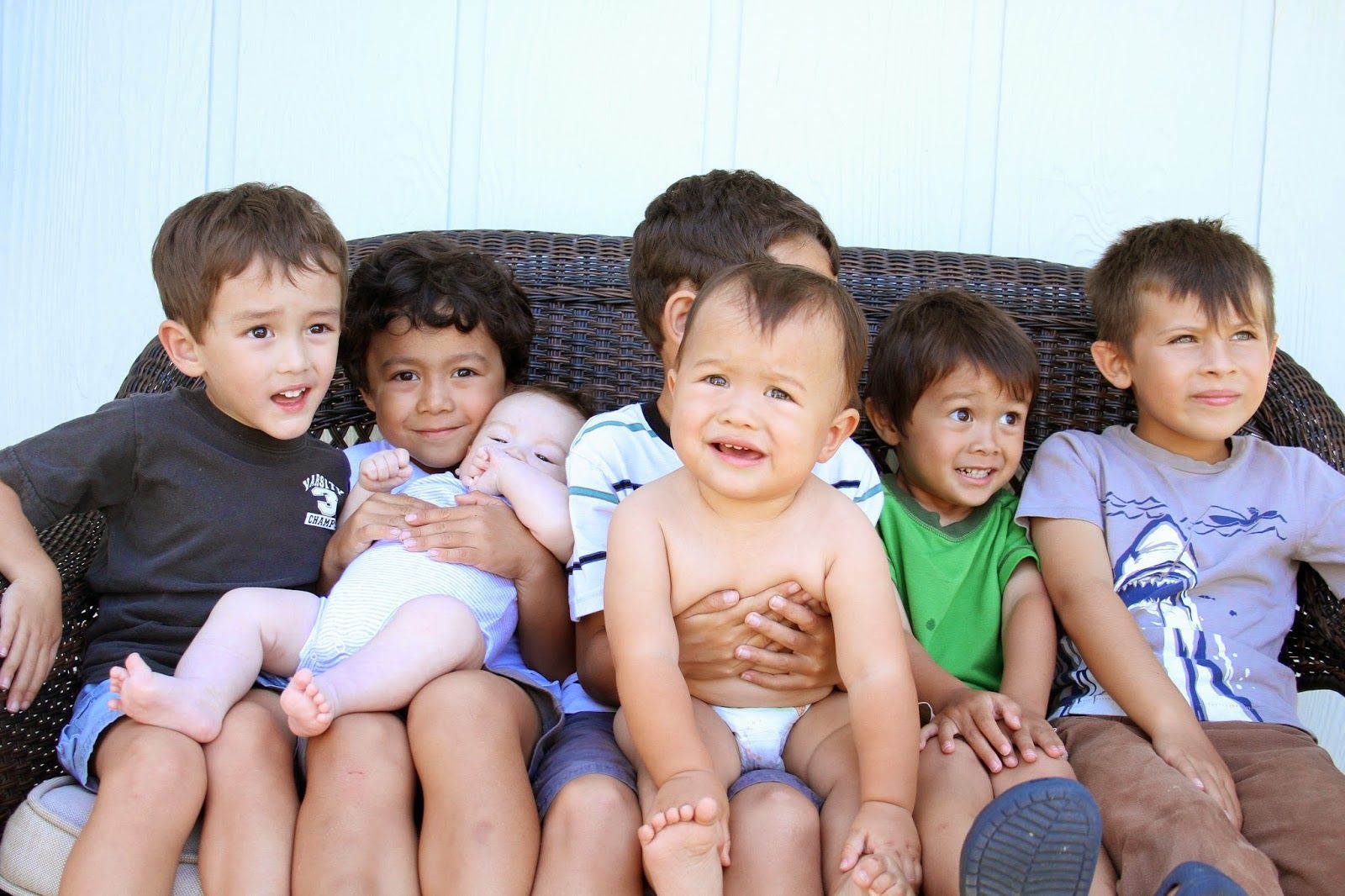Assessing the Influence of Digital Connectivity on Child Well-Being and Protection
Understanding the Effects of Social Media on Child Welfare
In an age defined by an ever-increasing digital presence, social media plays a pivotal role in shaping the experiences of children and adolescents. While platforms like Facebook, Instagram, Snapchat, and TikTok provide avenues for self-expression, connection, and learning, they also present unique challenges and risks that can impact child welfare. Understanding these effects is crucial for parents, educators, and policymakers to promote healthy, safe interactions in the digital landscape.
The Double-Edged Sword of Connectivity
Positive Impacts of Social Media
Social media can serve as a powerful tool for positive reinforcement in children's lives. By providing platforms for communication and connection, children can form friendships that transcend geographic boundaries. For example, introverted children may find it easier to forge relationships online, gaining the confidence to engage socially in real life.
Additionally, social media platforms often facilitate the sharing of information and resources, supporting educational initiatives and fostering community awareness. Children can access online tutorials, educational videos, and peer-support groups, furthering their academic pursuits and personal interests. Moreover, social media can promote pro-social behavior by amplifying messages of kindness, inclusivity, and activism.
Risks to Child Welfare
Despite these benefits, the darker aspects of social media use cannot be ignored. Numerous studies have shown that excessive social media use can lead to a range of psychological issues, including anxiety, depression, and low self-esteem. The curated nature of social media profiles encourages comparison among peers, often leading to negative self-image and feelings of inadequacy.
Moreover, cyberbullying has emerged as a critical concern within the realm of social media. Children can be targeted, humiliated, or ostracized online, resulting in lasting emotional trauma. The anonymity afforded by the internet often exacerbates this issue, making it easier for bullies to engage in harmful behavior without immediate accountability. A child who experiences cyberbullying may withdraw from friends and family, exacerbating feelings of isolation and impacting mental health.
The Role of Digital Footprint and Privacy Concerns
Navigating Digital Footprints
Another area of concern is the digital footprint children leave behind. Every post, comment, and photo shared on social media contributes to an online identity that can follow them into adulthood. Children often lack the awareness and understanding of the long-term implications of their online behavior, including potential ramifications for their professional futures.
Educators and parents need to emphasize the importance of mindful social media use, encouraging children to think critically about their digital interactions. Teaching children about digital footprints helps them develop a sense of responsibility, equipping them with the skills necessary to navigate their online presence thoughtfully.
Privacy and Safety
Privacy concerns further complicate the implications of social media for child welfare. Many social media platforms gather vast amounts of personal data, which can be misused or inadequately protected. Children are particularly vulnerable to privacy breaches and are often unaware of the implications of sharing personal information online.
Parents must educate their children about privacy settings, the importance of keeping personal information private, and the potential dangers of interacting with strangers online. Open discussions about online safety can help children make informed choices and cultivate a sense of agency over their digital interactions.
Social Media and Parental Influence
The Role of Parents in Mitigating Risks
Parents play a crucial role in shaping their children's social media experiences. While children may have their own autonomy, parental guidance can significantly influence their online behavior and attitudes. Establishing open lines of communication about social media usage helps children feel comfortable discussing their experiences and concerns.
Setting boundaries around screen time and social media use can also foster healthier habits. Research suggests that children who spend an excessive amount of time on social media may experience heightened stress levels and decreased well-being. By implementing guidelines for healthy usage, parents can help children strike a balance between virtual interactions and real-life relationships.
Encouraging Positive Engagement
In addition to mitigating risks, parents can encourage positive social media practices. Promoting an understanding of the constructive use of social media—including engagement in supportive online communities, sharing positive content, and practicing digital citizenship—can equip children with the tools needed to navigate the digital world responsibly.
Parents can also model healthy social media behavior themselves. Demonstrating respectful interactions, critical consumption of online information, and a balanced approach to technology can significantly influence children's attitudes and habits.
Policy Implications and Community Support
The Need for Collaborative Approaches
With the complex interplay between social media and child welfare, there is an urgent need for policies that support healthy digital environments for children. Schools, community organizations, and policymakers can work together to create initiatives that promote digital literacy, online safety, and mental health awareness.
Establishing educational programs that focus on understanding the effects of social media can cultivate a culture of informed usage among children and their families. Workshops, forums, and resource-sharing initiatives can empower communities to address the challenges associated with social media head-on.
Engaging Technology Companies
Additionally, technology companies must also take responsibility for ensuring safer environments for children. By investing in child-friendly features, improving privacy settings, and implementing robust anti-bullying measures, social media platforms can contribute positively to child welfare. Industry collaboration and transparency in data usage can further bolster trust among users.
Conclusion
Social media holds immense power in shaping the worldview and experiences of children today. As both a facilitator of connection and a source of risk, its impact on child welfare is multifaceted. By fostering open communication, promoting digital literacy, and encouraging responsible usage, parents, educators, and communities can navigate the challenges presented by social media. In a rapidly evolving digital landscape, a collaborative approach will be essential for ensuring that children harness the benefits of social media while safeguarding their mental, emotional, and social well-being.










